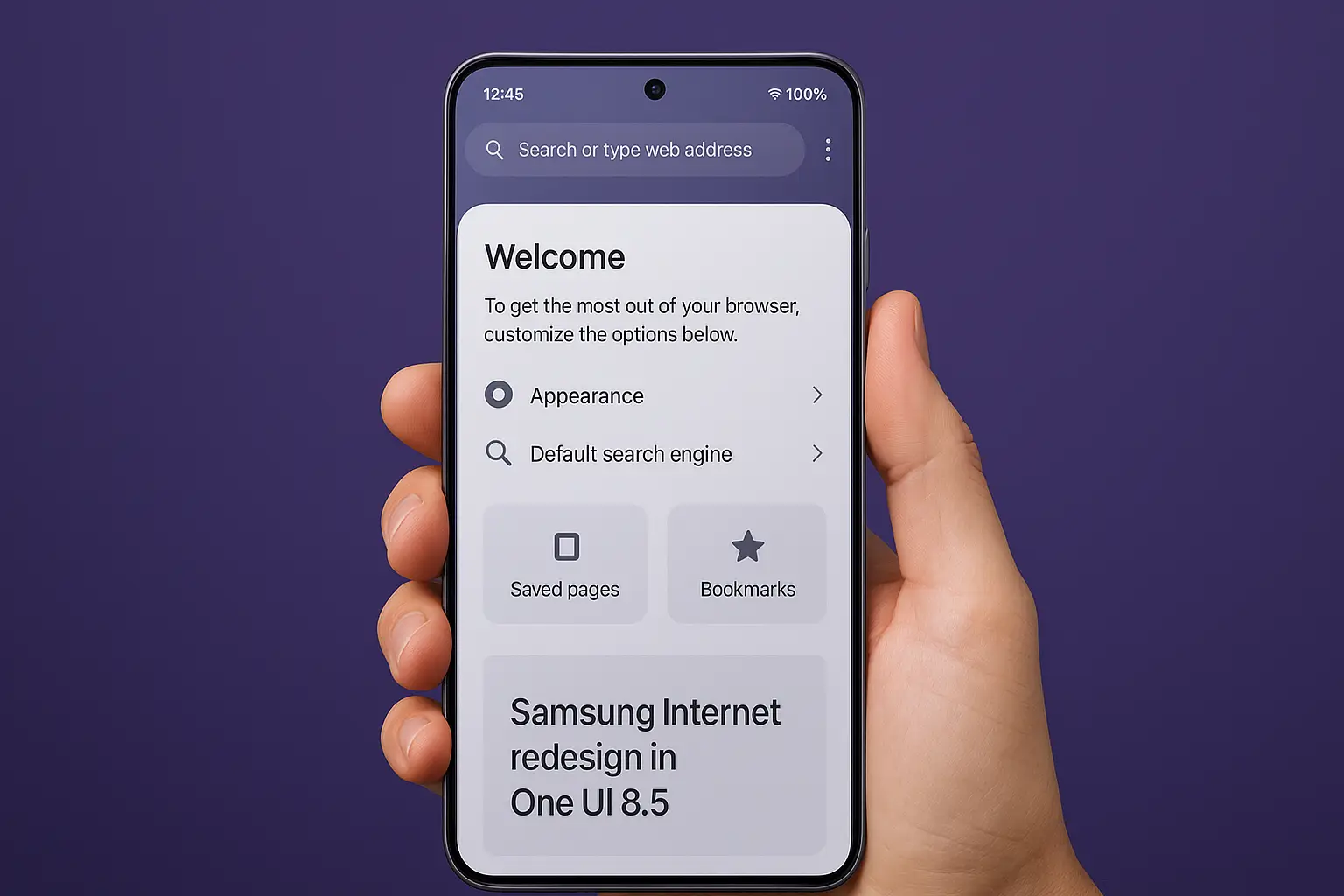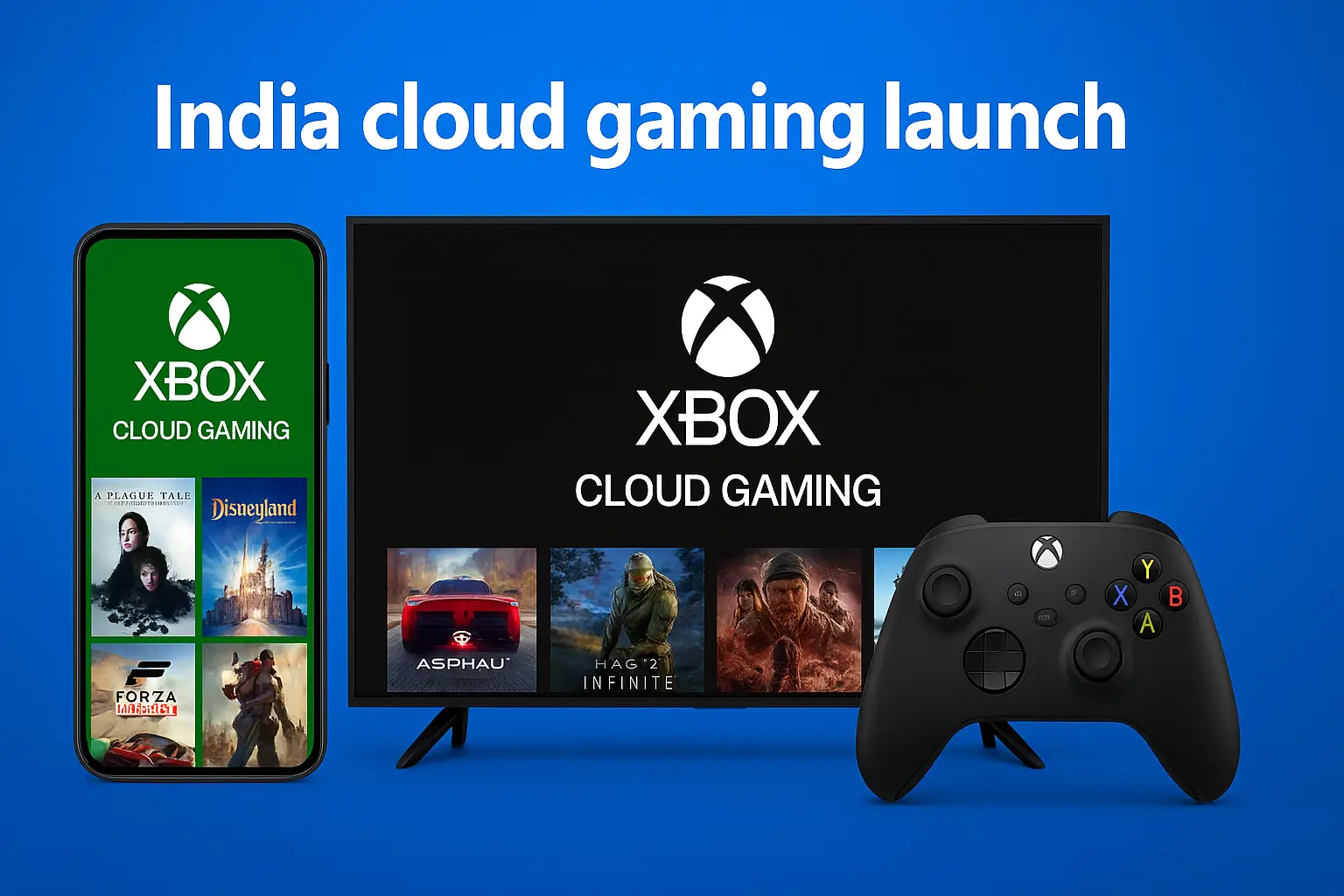Quantum computing in 2025 is no longer theory. Discover real-world uses, top breakthroughs, and how industries are using quantum tech to solve complex problems.
Quantum computing in 2025 is no longer science fiction. It’s becoming a critical tool for solving complex problems across industries like finance, healthcare, logistics, and cybersecurity.
As tech giants like IBM, Google, and startups like Rigetti and IonQ continue to make breakthroughs, quantum computers are moving from labs into practical use. In this article, we explore the current state, real-world applications, and future impact of quantum computing in 2025.
What Is Quantum Computing?
Unlike classical computers that use bits (0s and 1s), quantum computers use qubits, which can exist in multiple states at once thanks to quantum phenomena like superposition and entanglement.
This allows quantum computers to perform multiple calculations simultaneously, offering exponential speedup for certain types of problems.
Quantum computing in 2025 leverages these principles to address challenges traditional computers struggle with, like factoring large numbers, simulating molecular interactions, or optimizing vast networks.
Why 2025 Is a Turning Point

The year 2025 marks a transition from experimental systems to practical deployments. Companies have begun building hybrid systems that integrate classical and quantum computing. IBM’s Condor quantum processor reached 1,000 qubits, a huge milestone. Google’s Sycamore 2 and Microsoft’s topological qubit platform also promise scalable quantum systems.
In addition, quantum cloud platforms such as IBM Quantum, Amazon Braket, and Microsoft Azure Quantum allow researchers and businesses to access quantum power without needing their own machines.
Real-World Applications of Quantum Computing in 2025
1. Drug Discovery and Healthcare
Quantum computing in 2025 is helping simulate molecules and protein folding, enabling pharmaceutical companies to accelerate drug discovery. Startups like Qubit Pharmaceuticals and collaborations like IBM and Cleveland Clinic are using quantum to explore new therapies for diseases like cancer and Alzheimer’s.
2. Financial Modeling
Financial institutions are leveraging quantum algorithms to predict market behavior, detect fraud, and manage risk. For example, JP Morgan Chase uses quantum computing for option pricing and portfolio optimization.
3. Supply Chain and Logistics
Quantum algorithms are excellent at solving complex optimization problems. Companies like DHL and Volkswagen use quantum computing to optimize delivery routes and reduce costs in logistics and fleet management.
4. Cybersecurity
While quantum computers threaten current encryption methods (like RSA), they also offer quantum-safe encryption. In 2025, governments and enterprises are adopting post-quantum cryptography to future-proof their systems.
5. Energy and Climate Modeling
Quantum computers can simulate complex climate models and battery chemistry. Companies like ExxonMobil and BASF are exploring quantum for improving energy efficiency and developing better carbon capture solutions.
Key Players in Quantum Computing in 2025
IBM
IBM leads with its roadmap to 100,000+ qubits and tools like Qiskit, enabling researchers to build quantum applications.
Google’s Quantum AI division achieved quantum supremacy and is working toward fault-tolerant quantum computing.
Microsoft
Azure Quantum platform and work on topological qubits aim to reduce error rates in quantum systems.
Amazon Web Services
Amazon Braket offers cloud-based quantum access and supports multiple frameworks, including D-Wave, Rigetti, and IonQ.
Intel, Honeywell, IonQ, Rigetti
These companies are advancing quantum hardware, error correction, and integration into classical systems.
The Role of AI and Machine Learning
AI and quantum computing are converging. Quantum machine learning (QML) enhances pattern recognition, fraud detection, and forecasting. In 2025, researchers are testing quantum neural networks that can outperform traditional models on complex datasets.
Quantum computing in 2025 is also being used to improve AI itself—optimizing algorithms, feature selection, and training models faster than classical methods.
Challenges Facing Quantum Computing
Despite progress, quantum computing in 2025 still faces major hurdles:
- Error correction: Qubits are fragile, and noise can corrupt results. Quantum error correction is still resource-intensive.
- Scalability: While 1,000+ qubits is a breakthrough, millions of qubits are needed for general-purpose quantum computing.
- Cost and accessibility: Quantum machines are expensive and complex to maintain.
- Talent shortage: There’s a global shortage of quantum engineers and physicists.
Government and Academic Involvement
Many governments are investing heavily in quantum research. For example:
- USA: The National Quantum Initiative Act supports public-private partnerships.
- EU: The Quantum Flagship program is funding foundational research.
- India: The National Mission on Quantum Technologies and Applications (NMQTA) allocates ₹8,000 crores over five years.
Top universities like MIT, Caltech, ETH Zurich, and IIT Bombay are also running advanced quantum research programs in 2025.
Quantum-as-a-Service (QaaS)
Quantum computing in 2025 is widely available through QaaS models. This means companies don’t need to buy quantum hardware—they can rent it. Cloud services from IBM, AWS, and Microsoft offer quantum capabilities through subscription or usage-based pricing.
This democratizes access, allowing startups and researchers to experiment with quantum algorithms without massive investments.
How Businesses Can Prepare
Companies are encouraged to:
- Start learning now: Invest in quantum training for employees.
- Experiment via cloud platforms: Use QaaS to run small-scale quantum applications.
- Collaborate: Partner with quantum research firms or universities.
- Secure data: Begin exploring quantum-safe cryptography.
Businesses that start integrating quantum into long-term strategies will be ahead of competitors by the time full-scale systems become available.
Future Outlook: Beyond 2025
While 2025 is a major leap, the quantum journey is just beginning. The 2030s may bring:
- Fault-tolerant quantum computing
- Quantum internet
- Massive breakthroughs in AI, chemistry, and finance
Governments, enterprises, and educational institutions must continue to invest and collaborate to fully unlock quantum’s potential.
New Markets and Industry Shifts
Quantum computing in 2025 is not only reshaping known industries but also opening up entirely new markets.Fields like quantum sensing and quantum-enhanced imaging are emerging, offering ultra-precise sensors for healthcare, defense, and navigation systems. Additionally, companies are beginning to patent quantum-specific algorithms, laying the foundation for a competitive quantum software market.
Countries that take the lead in quantum intellectual property could dominate future tech landscapes. As startups emerge to address niche quantum needs, venture capital interest is also growing rapidly. This influx of investment is fueling innovation, creating job opportunities, and pushing the boundaries of what quantum tech can do.
Conclusion
Quantum computing in 2025 represents a technological inflection point. Real-world applications in healthcare, finance, logistics, and AI are already proving valuable. While challenges remain, the momentum is undeniable.
As we move toward more powerful and accessible quantum systems, businesses and governments alike must prepare to embrace this transformative force. The quantum future is no longer a theory—it’s happening now.
👉 Read This: iOS 26 Compatible iPhones List
👉 Buy Now: See latest smartphone deals here








